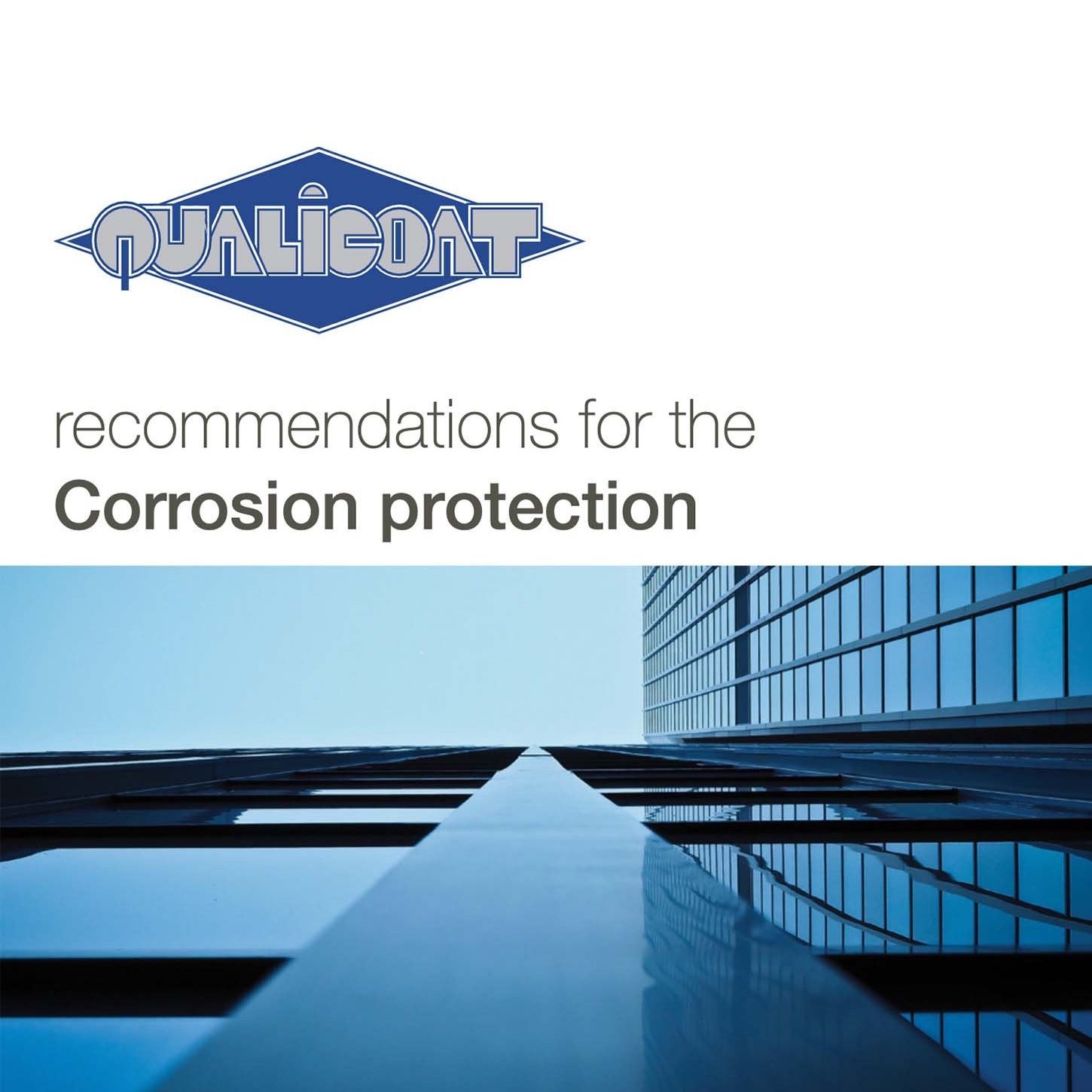QUALICOAT Release Exposure Categories
The recently released Technical Information Sheet No.4 from QUALICOAT ‘Recommendations for the Corrosion protection’ now offers specifiers guidance on the recommended pretreatment system to specify for various “Corrosivity categories” according to ISO 18768-1:2022 Table 1 and ISO 9223:2012 Table C.1. Whilst it is still strongly recommended that specifiers continue to seek guidance from a QUALICOAT licensed powder coater or powder manufacturer when specifying finishes, the guide offers an insight as to the levels of protection offered when specifying QUALICOAT architectural powder coating.
So what is aluminium ‘pretreatment’ and why is it so important?
Powder coating was once seen as something that could be applied to aluminium to cover any irregularities, such as damage, corrosion, etc. Whilst this approach may allow the aluminium to look good for a few weeks or months after being coated, once weathered the powder coating will quickly peel and fail. The reason for this is that the powder coated finish is porous and this will allow moisture to reach the substrate where oxidisation will take place under the coating. Adhesion of the finish is also crucial and if the substrate does not offer a key, the powder coating can easily be chipped off. A pretreatment system offers both a complete seal to the surface of the aluminium and a key for the powder coating to adhere too.
Once the pretreatment system of choice, chrome-based systems are now being phased out as chrome-free systems systems are safer to use. Chrome free chemical pretreatment systems are now just as effective as their chrome counterparts and many powder coaters have now changed to chrome-free systems. Part of the process for their ‘wet’ application is cleaning the surface of the aluminium.
Cleaning the aluminium prior to pretreatment consists of an acid or alkali etch of the surface of the aluminium taking away impurities which can reduce the effectiveness of the pretreatment system. Normally just 1gm/m2 of aluminium etch is required prior to the application of a pretreatment system.
For harsher environments it has been found that a deeper 2 g/m2 etch offers better corrosion resistance over time and this deeper etch is what is used by members who carry the the additional QUALICOAT ‘Seaside’ licence typically specified when projects are close to a coastal environment.
QUALICOAT Members are on hand to help with specification advice and members who carry the ‘Seaside’ licence can be found on the Association website.
For certain environments where further protection is required, a pre-anodised pretreatment can be specified which is a very thin, ‘unsealed’, finish which offers a good key for the powder coating to adhere too.
These various pretreatments and etch requirements can make it confusing what to specify and this is why the Technical Information Sheet has been produced by the Association to offer advice and guidance to specifiers. The Technical Information Sheet also offers guidance when specifying QUALICOAT 3.0. This specification controls the trace elements in the aluminium itself present usually in recycled content. Controlling the quality of the extruded aluminium offers additional life expectancy of the pretreatment system and the adhesion of the powder coating.
The Technical Information Sheet offers a simple chart that allows specifiers to choose all pretreatment options for a given exposure category. It is freely available to download from the Association website. It is strongly recommended that guidance is requested from a QUALICOAT licence holder when specifying coatings in harsher environments.
The up-to-date QUALICOAT Specification is available for download via the UK & Ireland Association website, qualicoatuki.org and the website offers an up-to-date list of licensed UK and Ireland Powder Suppliers, Pretreatment Suppliers and Applicators including the applicators who carry the Seaside class accreditation. Telephone support is available from QUALICOAT UK & Ireland Head Office in the Midlands on 0330 240 9735, the Association can also be followed on Twitter @Qualicoatuki or on LinkedIn www.linkedin.com/company/qualicoat-uk-&-ireland.

